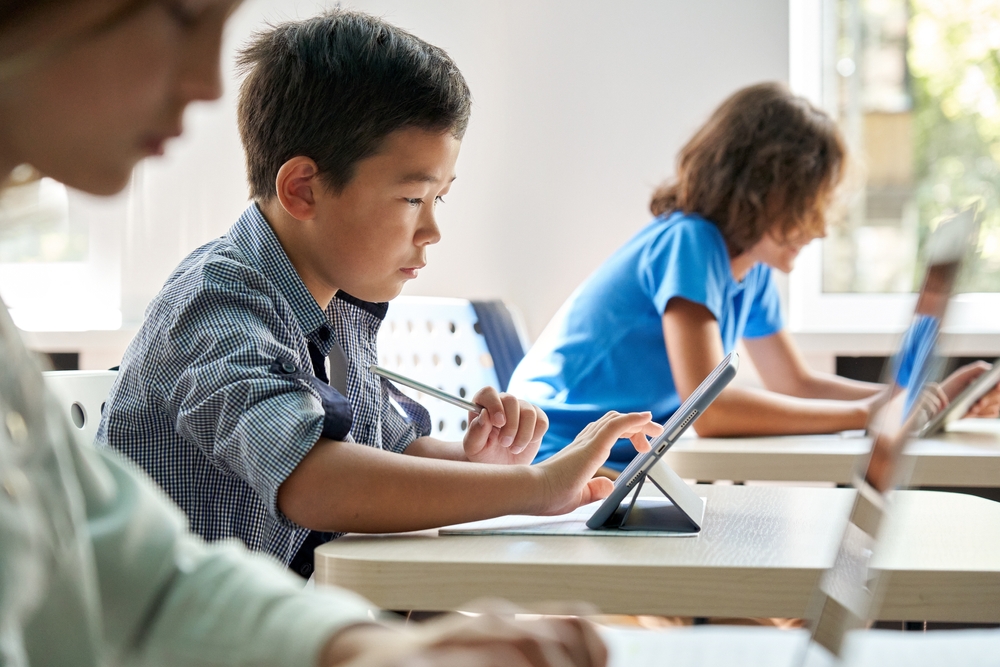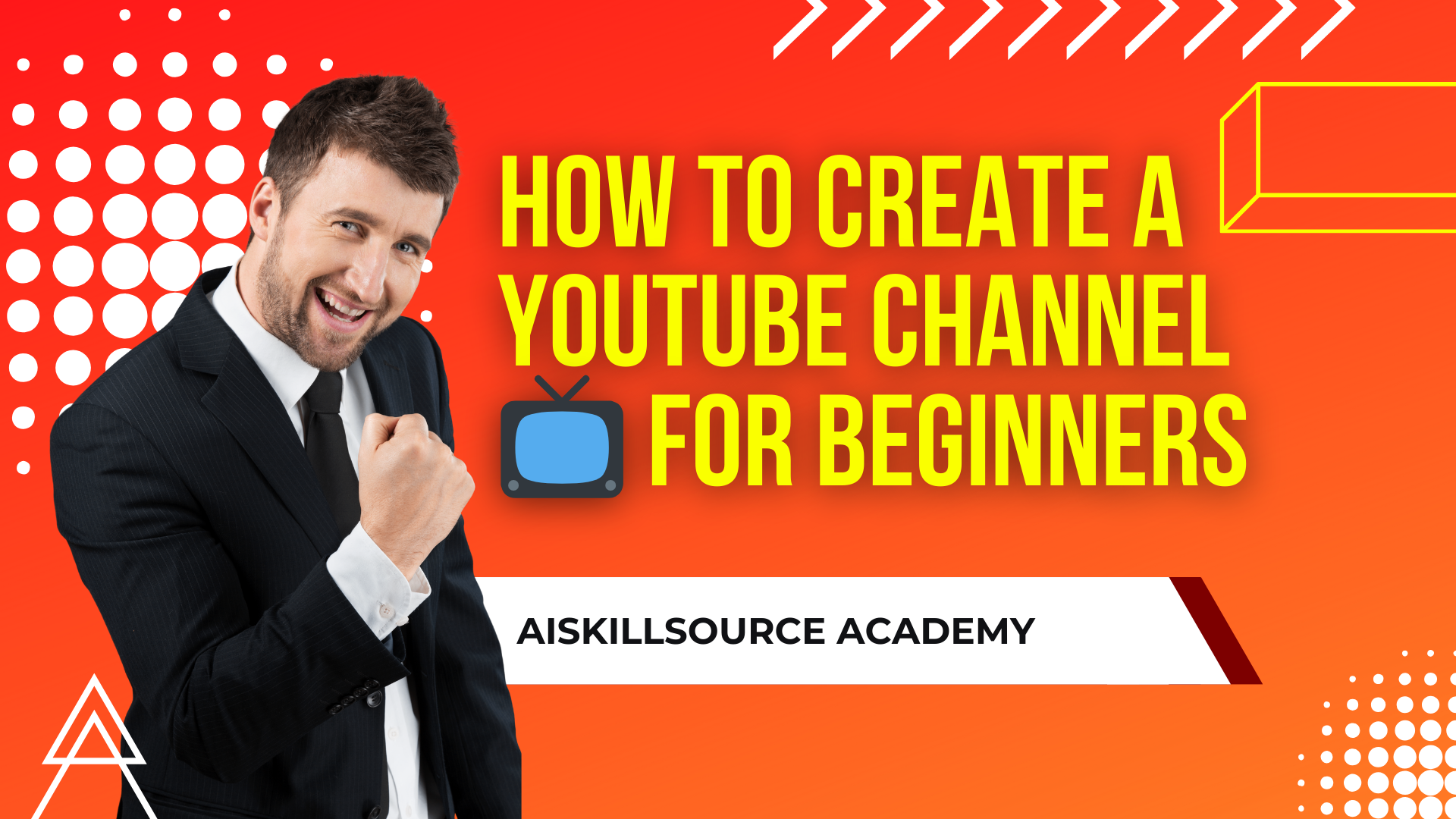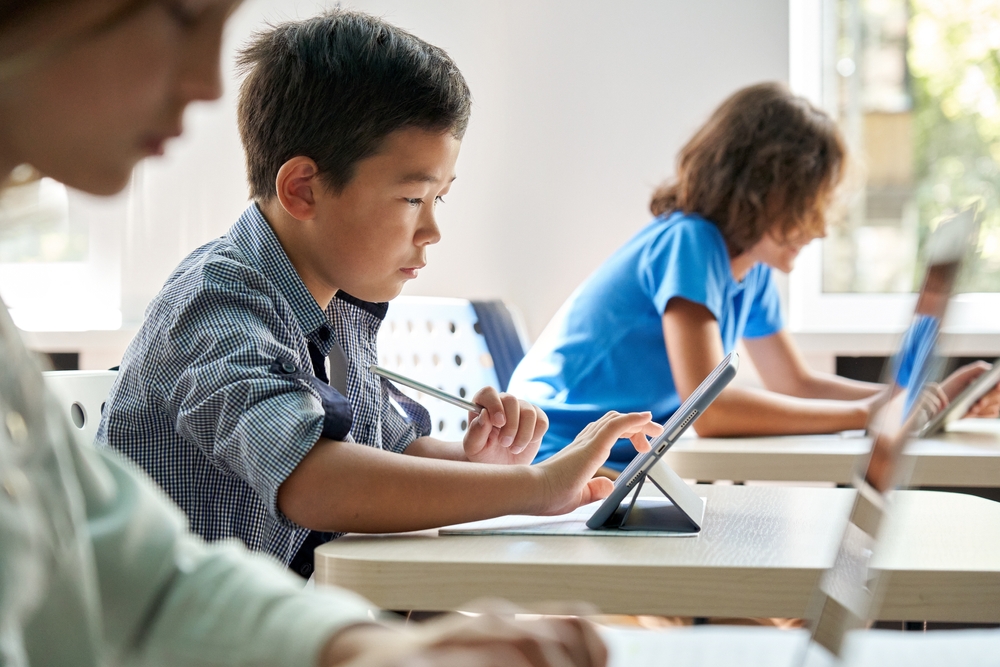
Introduction to Social Media in Studying Communities
Social media has remodeled how we talk, entertain, inform, and even educate ourselves. Over the previous decade, social media platforms have quietly moved from our private areas into our studying communities, impacting how we train, be taught, and work together. At present, faculties and educators are more and more taking a look at social media as software to reinforce instructing strategies, enhance studying experiences, and foster higher communication.
Social media in studying communities refers to the usage of platforms comparable to Fb, Twitter, Instagram, LinkedIn, and YouTube, amongst others, to facilitate instructional actions and communication. This includes sharing instructional supplies, discussing educational subjects, collaborating on initiatives, receiving suggestions, and speaking with friends and educators.
These platforms are greater than only a fad or leisure and have become a vital part of modern schooling, able to remodel static, one-directional instructing into dynamic, participatory schooling. The usage of social media within the classroom can create an extra partaking, interactive, and student-centered studying atmosphere. It has the potential to interrupt partitions between college students and academics and between college students themselves, fostering a way of neighborhood and collaboration.
Nevertheless, like every other software, social media comes with its pet of challenges. Privateness considerations, distraction, and online harassment are some dangers that lurk within the online world ready to impede the tutorial potential of social media. Due to this fact, it’s essential to discover not solely the benefits but in addition the dangers related to social media use in studying communities.
By way of the following chapters, this text will delve deeper into how social media is positively influencing studying communities, drawing upon real-world examples and success tales. We can even examine the potential dangers concerned with this software and take a look at totally different methods to mitigate these dangers and promote a secure and environment-friendly studying atmosphere.
The target of this text is to offer readers in-depth information about social media’s function in studying communities so you may make knowledgeable selections about incorporating these instruments into your individual instructing or studying practices. The incorporation of social media into instructional contexts is a contemporary phenomenon, however understanding its deserves and disadvantages is essential for leveraging its benefits and overcoming its challenges.

The Progress and Affect of Social Media in Training
Social media has considerably grown and ingrained itself into our everyday lives over the previous decade. This effect has prolonged past private use and into schooling, thereby remodeling conventional strategies of instructing and studying.
One of many explicit appeals of social media in schooling is its capacity to interrupt geographical borders. Learners can now join with consultants, educators, and different learners from everywhere in the world, creating a brand new dimension within the world by sharing information and concepts. This, together with the truth that many of the platforms are free to make use of, opens up alternatives for learners of all backgrounds.
Social media platforms like Fb, Twitter, and LinkedIn have developed into normal instruments in lots of instructional settings. They’re utilized in numerous methods, comparable to facilitating discussions, posting bulletins, sharing instructional sources, and inspiring collaborative work.
Moreover, instructional use of picture and video-based platforms like Instagram and YouTube has additionally surged. They cater to visible studying types, enabling college students to observe video lectures, demonstrations, and visible explanations of complicated subjects.
Along with the mainstream platforms, several social media platforms are designed particularly for instructional use. These embrace Edmodo and Schoology. These platforms are designed to offer safe and personal studying environments and include options that align with instructing and studying targets.
The COVID-19 pandemic accelerated the adoption of digital applied sciences in schooling, with an unprecedented transfer to distant instructing and studying. Throughout this difficult interval, social media performed a pivotal function as a vital communication software between educators and learners.
Many researchers have begun to concentrate on the mixing of social media into schooling. In research by Pearson Studying Options, over 90% of college members reported utilizing social media in a knowledgeable context. Greater than 80% additionally agreed that social media can improve a pupil’s studying expertise.
Nonetheless, the expansion and effect of social media in schooling haven’t been easy cruising. As a lo,t because it presents alternatives, its integration has concurrently introduced quite a few challenges. Points comparable to online security, privateness, cyberbullying, digital distraction, and the digital divide have surfaced, all of which shall be explored within the forthcoming chapters.
In conclusion, it’s plain that the expansion and effect of social media have revolutionized the tutorial panorama. It gives unprecedented alternatives for interactive, collaborative, and borderless studying. Nevertheless, as educators and learners embrace these digital sources and instruments, they need to additionally concentrate on the potential pitfalls and work to deal with them successfully.
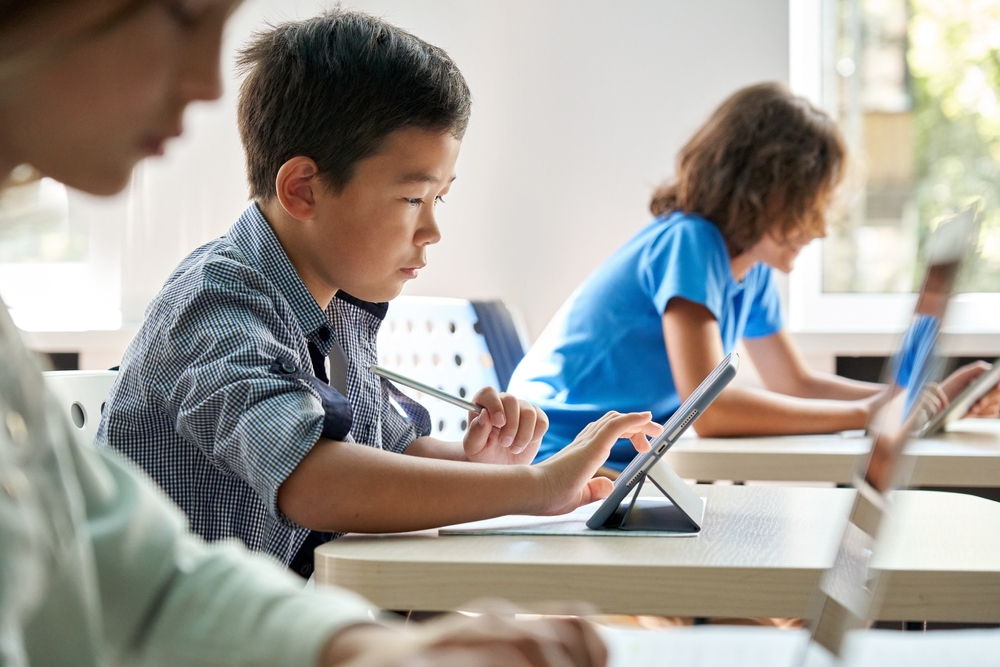
Benefits of Utilizing Social Media in Studying Communities
Social media has more and more demonstrated numerous benefits in studying communities globally. Its use in schooling goes past communication and networking, opening doorways to an extra vibrant, interactive, and fascinating studying atmosphere. Listed here are some key benefits of utilizing social media within the instructional sector.
Entry to Numerous ContentMateriall and Sources: Social media platforms comparable to Twitter, Fb, and LinkedIn supply an array of data and content material, creating huge study sources. College students can comply with leaders of their respective fields, monitor trending subjects, interact in related discussions, enter information from totally different views, and join world-studying communities.
Promotes Engagement and Participation: Social media could make studying extra partaking. By incorporating platforms like Fb Teams, academics can create online boards that allow college students can focus on assignments, share concepts, and be taught by each other. This interactive studying atmosphere can enhance participation, particularly amongst college students who could also be shy in bodily class discussions.
Develops Digital Citizenship: By utilizing social media, college students can develop beneficial abilities for the digital age. They are taught to handle online profiles, talk successfully online, perceive online etiquette, and use social media responsibly, all essential features of digital citizenship.
Boosts Collaborative Studying: Social media permits college students to collaborate with their classmates, even exterior the 4 partitions of their classroom. College students can now take part in group discussions, collaborate on initiatives utilizing platforms like Google Docs, and share beneficial instructional content material, fostering a way of camaraderie and collective studying.
Enhances Communication: Between academics, college students, and fogeys, communication performs a key function in schooling. Social media makes this communication simpler and extra environment friendly. Academics can submit updates, reminders, or assignments, and college students can ask questions or specific considerations, all in real-time Customized Studying: Given the breadth of content material out there on social media, it may be tailor-made to go well with a particular person’s studying wants. College students can comply with their pursuits, be taught at their very own tempo, and interact with subjects that inspire them.
Facilitates Lifelong Studying: Lastly, social media helps lifelong studying, a key attribute of the twenty-first century. Individuals can interact in steady schooling, broaden their horizons, and stay up to date with the most recent tendencies and developments of their fields via social media, nicely after formal schooling ends.
Nevertheless, whereas the advantages are manifold, it’s important to additionally take into account the potential dangers and disadvantages, making certain a balanced and accountable strategy for social media use in schooling. However,r with suitable controls in place, social media can function as a strong software in modern-day studying communities.
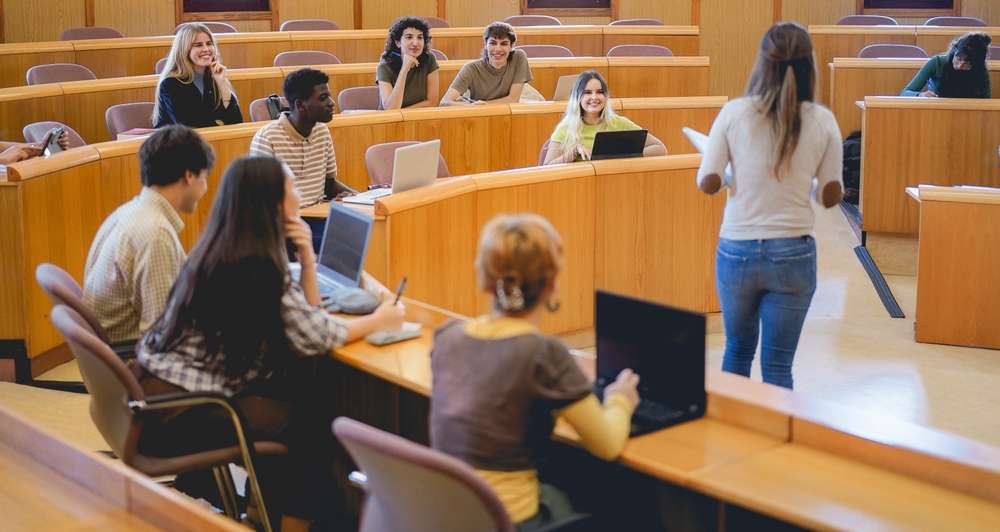
Case Research: Profitable Use of Social Media in LectuRoomsoms
Social media holds unbelievable potential for schooling, a reality that several faculties and academic establishments have begun to acknowledge and use to their benefit. By integrating social media platforms into their school rooms, they’ve managed to encourage extra vibrant, interactive, and fascinating studying environments. Let’s focus on some profitable case research of such implementations.
Beginning with the College of Michigan, a pioneer in integrating social media into their programs. They carried out a program known as ‘The Michigan Analysis Neighborhood’ that used Fb to permit first-year undergraduates the flexibility to interact with different college students sharing analysis pursuits. This experiment has led to spectacular outcomes. Fb group discussions have comprehensively enhanced the scholars’ understanding since they share views, data, and concepts in a low-pressure atmosphere.
At the Edna Brewer Center College in Oakland, California, Twitter is used to spice up literacy. Right here, the workforce got up with ‘Tweeting Tuesdays’ the place college students needed to summarize a brand new study in 280 characters or much less. Twitter’s character restriction pushed college students to assume critically about phrase choice and brevity of thought. Academics saw a total enhancement in college students’ writing capabilities, showcasing the ability of a social platform to enhance educational abilities.
Abroad, the Australian Science and Arithmetic College uses YouTube to instruct. Academics develop and share quick movies protecting particular subjects, which college students can watch at their very own tempo. This versatile studying methodology ensures no pupil is left behind, permitting customized schooling suited to particular person speeds.
One other noteworthy instance is the New Milford Excessive College in New Jersey, the place Principal Eric Sheningerremodeledd the varsity tradition utilizing different social instruments. They used Fb to advertise faculty occasions, Twitter for skilled improvement, and YouTube to share the varsity’s story. These methods boosted each engagement and participation charge displaying the effectiveness of social media within the faculty’s communication course.
Lastly, the European College Institute in Italy runs a historic picture of competitors on Instagram. The scholar’s footage gives a perception into totally different historical moments or artifactsstimulatingg pupil engagement and inspiring artistic visible considering.
Every of those case research introduces a novel utility of various social media platforms in a classroom setting. They spotlight the potential social media holds, not simply as communication instruments, but as platforms encouraging peer learning, important considering, and in-depth attained in schooling. These instances function fashions for different establishments to duplicate or adapt in keeping with their instructional targets. Undoubtedly, when used properly and appropriately, social media can have a major optimistic influence within the classroom.
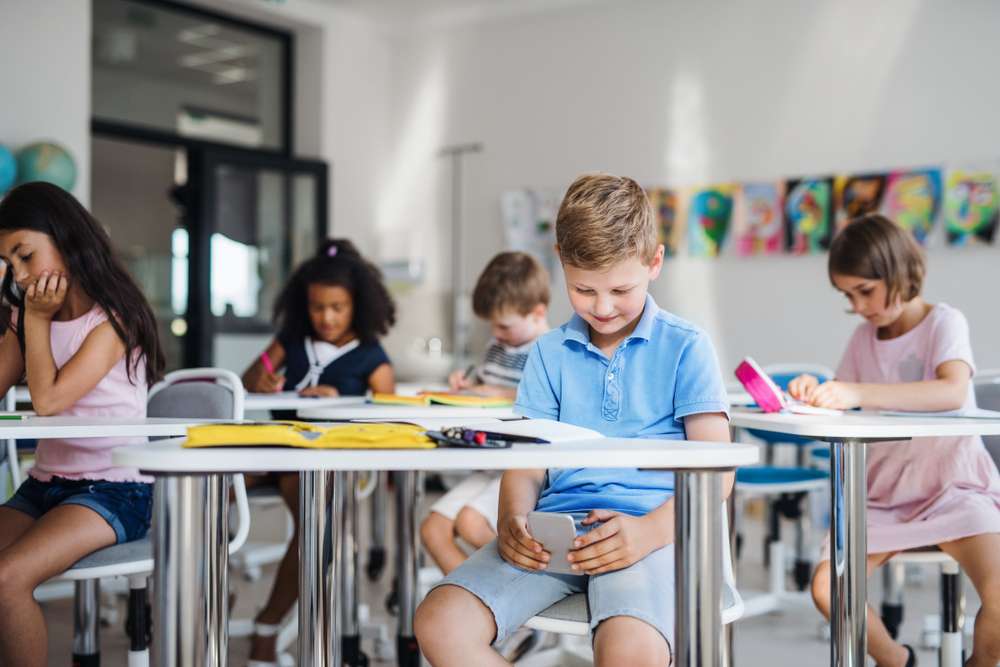
Potential Dangers of Social Media in Studying Environments
Whereas there are noteworthy benefits to utilizing social media in studying communities, one should additionally concentrate on its potential dangers. This steadiness helps educators and college students alike to navigate this digital wave safely and successfully.
One of the vital dangers of utilizing social media in schooling is the doable publicity of inappropriate content material. Whereas the Web is an enormous useful resource for instructional supplies, it additionally hosts content material that’s unsuitable for college students. Regardless of the safeguards in place, unfiltered entry can inadvertently expose college students to adult-themed content material, violent pictures, or express language.
Privateness is one other large concern. Social media platforms, by their very nature, encourage sharing of private data. In a studying atmosphere, this will put the privateness of scholars, academics, and fogeys in danger. Info shared on a classroom community, comparable to private addresses, opinions, likes, or dislikes, if used maliciously can result in cyberbullying, stalking, or worse, ID theft.
Cyberbullying is one other vital danger related to utilizing social media in studying communities. It is likely to be faster and simpler than ever to share data and collaborate, but it surely’s additionally simpler for college students to ship hurtful messages or interact in hurtful acts online.
Distraction is one other problem. Participating in social media can promote off-task habits among college students, particularly if it’s not successfully monitored. With so many entertaining movies, video games, and different distractions out there, staying focused on instructional duties can typically be difficult for college students.
Dependence on social media for studying can even result in an absence of bodily and verbal communication abilities. An excessive amount of display screen time could hinder the event of important interpersonal communication abilities amongst college students.
Lastly, false data and unreliable sources are ubiquitous within the digital realm. College students could simply encounter incorrect data and take it as factual, deceptive them of their studying.
Every one of those dangers is a possible pitfall of utilizing social media inside studying communities. Consciousness and understanding of those dangers will function as step one in the direction of mitigating the risks and establishing a secure, environment-friendly, and significant social media-based studying atmosphere.
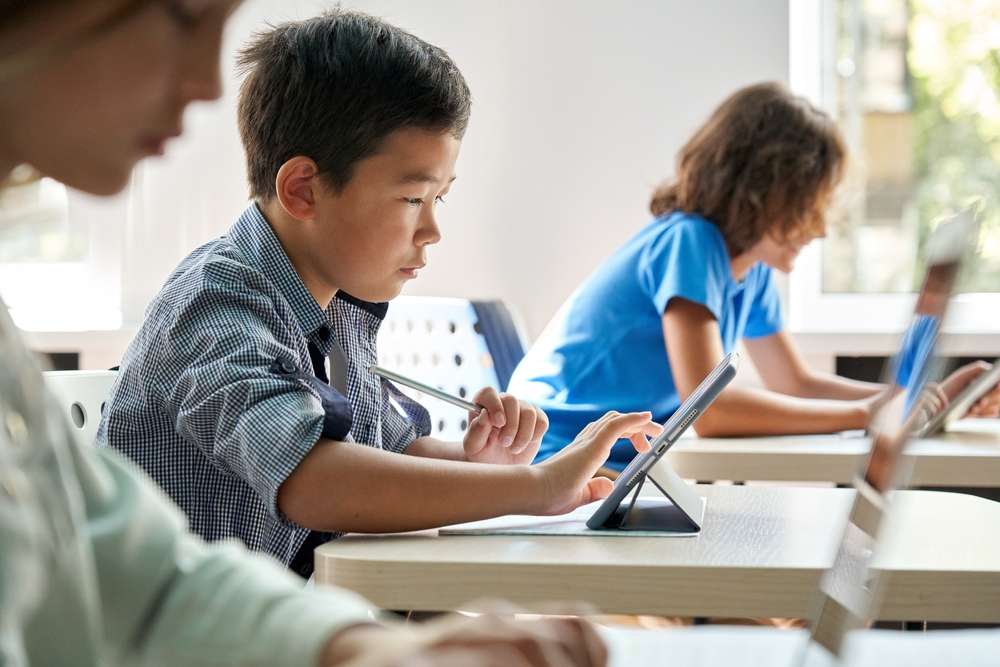
Mitigating Dangers and Limiting Potential Hurt
In enhancing instructing and studying via social media, it’s important to acknowledge and tackle the potential dangers that come alongside the advantages. It’s not about abandoning the instruments due to the dangers however understanding these challenges and the right way to restrict potential hurt.
Firstly, privacy considerations are at the forefront when utilizing social media. These platforms usually require customers to offer private data, making it important to coach learners about privacy settings and the implications of sharing an excessive amount of data online. Discussions around digital footprints and online fame ought to be had overtly and regularly in school rooms. Academics must also enable nameless participation the place obligatory to advertise privateness.
Secondly, cyberbullying can get amplified on social platforms, impacting college students’ emotional well-being Faculties ought to develop and implement anti-bullying insurance policies, promptly addressing any incidents. An open discussion board ought to be promoted, nurturing respect and optimistic discourse amongst college students.
Thirdly, distraction is one other drawback to incorporating social media platforms into studying communities. Setting clear and truthful social media utilization guidelines can assist in restricting such distractions. Emphasizing the aim and anticipated utilization of social media instruments for schooling is important in setting suitable precedents.
The potential for misinformation and ‘faux information’ can be increased with social media. Right here, educators can use this as a chance to show college students important considering and fact-checking abilities. Making college students conscious of those parts prevents them from taking all the knowledge they obtain online at face worth.
Take into account the age-appropriate use of social media. Youthful college students may not be prepared for certain platforms. Academics have to assess the developmental readiness of various age teams earlier than integrating particular social media platforms into instructing.
Guarantee parental involvement within the schooling journey. Mother and father ought to concentrate on the social media instruments in use and the protection measures in place. Parental steerage is a beneficial half of a kid’s online security.
Lastly, the instructing fraternity must also be educated concerning the moral and secure use of social media instruments. The skilled improvement of academics in this space is important for the profitable and secure incorporation of those instruments in schooling.
In conclusion, whereas the dangers of utilizing social media in studying communities are actual, they’re additionally manageable. By putting a steadiness between maximizing the training advantages and minimizing the dangers, we can foster a safer and healthier studying atmosphere that leverages one of the best of what social media can supply.
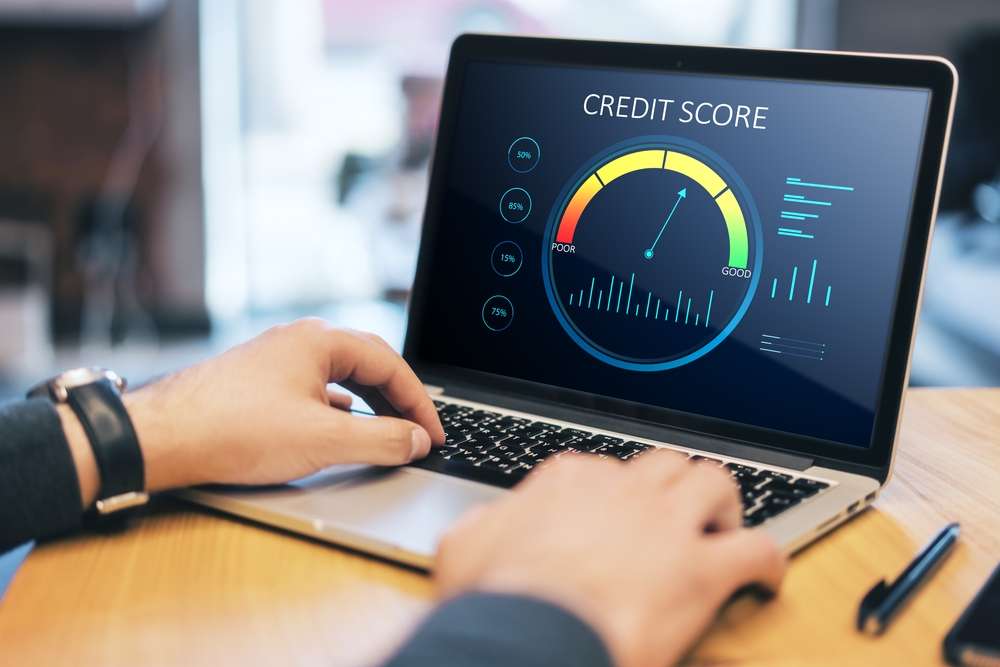
Future Developments: The Evolving Function of Social Media in Training
As we glance in the direction of the long run, the function of social media in schooling is predicted to proceed to evolve and increase, pushed by steady technological developments and new studying environments. Whereas the current has proven immense potential in how academics and college students can utilize social media, the trajectory suggests an extra built-in, matured use within the coming years.
A key development anticipated is the rising function of social media for skilled improvement for educators. Academics worldwide are starting to attach with their friends to share sources, greatest practices, and concepts by way of platforms like Twitter and LinkedIn. There’s scope for the enlargement of such communities on a worldwide scale, which may translate to extra enriched studying experiences for college students.
The usage of social media for real-time studying and on-the-spot data entry can be anticipated to develop. Because the world is more and more related, occasions unfold on social media platforms earlier than they attain conventional information shops. Social media can assist college students stay present and might be leveraged to debate real-world occasions and points in a tutorial context, fostering an extra dynamic, partaking studying atmosphere.
Moreover, we anticipate seeing an increase in personalized studying via social media. With platforms like Fb and Instagram incorporating extra AI-based options, the potential for customized instructional content material is gigantic. College students may obtain personalized studying sources and duties, giving them extra tailor-made and efficient instructional expertise.
The potential for Digital Actuality (VR) and Augmented Actuality (AR) in schooling can be rising, with social media platforms performing because of the conduit. These applied sciences can supply college students with an immersive studying expertise, including a brand new dimension to online studying. Think about a historical past lesson the place college students can just about go to historical civilizations or a biology class the place where they’ll discover the human physique from within.
One other vital development is the usage of social media for fostering world schoolrooms. Instruments like Skype within the classroom have already begun enabling academics to attach their school rooms with friends throughout the globe. This helps college students to construct intercultural competence and expertise in world citizenship firsthand.
Lastly, we anticipate the next concentration on digital citizenship, with faculties offering a complete curriculum to assist college students navigate the digital world responsibly. Correct pointers and rules can even be in place to stop misuse and to coach the training neighborhood on the potential threats online.
In conclusion, social media sooner or later has the potential to facilitate extra numerous, ppersonalizedand real-time studying experiences. Nevertheless, it’s equally vital to navigate this evolving panorama with warning. As schooling techniques worldwide adapt to those new prospects, they need to additionally reinforce digital citizenship, ensuring a secure and accountable social media atmosphere.
Conclusion: Balancing the Professionals and Cons of Social Media in Training
The dialogue surrounding the utilization of social media in instructional environments has sparked profound curiosity over recent years. Unquestionably, the digital age has reshaped the panorama of modern-day studying, inviting recent and progressive concepts about what schooling can and ought to be within the twenty-first century.
The benefits of social media in studying communities are quite a few. From facilitating communication and collaboration to catering to numerous studying types, social media establishes itself as an instrumental software in amplifying pupil engagement and participation. Its capability to attach people throughout geographical boundaries signifies that learners can actively and effortlessly interact in enlightening dialogues with people they might have by no means had the chance to fulfill in any other case. It enhances the pool of sources out there for researchers, simplifies complicated instructional content material, and promotes the event of a variety of upper-order considering abilities.
Nevertheless, the potential dangers related to social media can’t be undermined. Cyberbullying, privacy considerations, misinformation, and the danger of inappropriate online interplay are just some of the considerations. Furthermore, an overreliance on these instruments would possibly inhibit the event of important interpersonal abilities and the flexibility to type significant relationships offline. Due to this fact, a crucial job for educators, dadadsnd moms, and college students alike is to know these dangers and take lively steps to mitigate them.
As we transfer ahead, the function of social media in schooling may be seen evolving and increasing. The important thing lies in the utility of those instruments responsibly and thoughtfully. Balancing the professionals and cons, it is very important to set up guidelines and pointers for optimistic online interplay and supply adequate digital literacy schooling. It’s essential to make sure that technological development facilitates schooling as an alternative to hindering it.
In conclusion, social media, when leveraged correctly, can drastically improve training expertise. Nevertheless, it’s important to navigate this digital panorama with consciousness. The objective is to make use of these instruments to create significant, partaking, secure, and productive studying environments. Social media, like every other software, is as efficient as its person. Due to this fact, sound judgments and accountable use can work to make sure social media is a useful addition rather than a threatening disruptor to studying communities.
……………….
BSB UNIVERSITY LEARN AND EARN AISKILLSOURCE.COM
